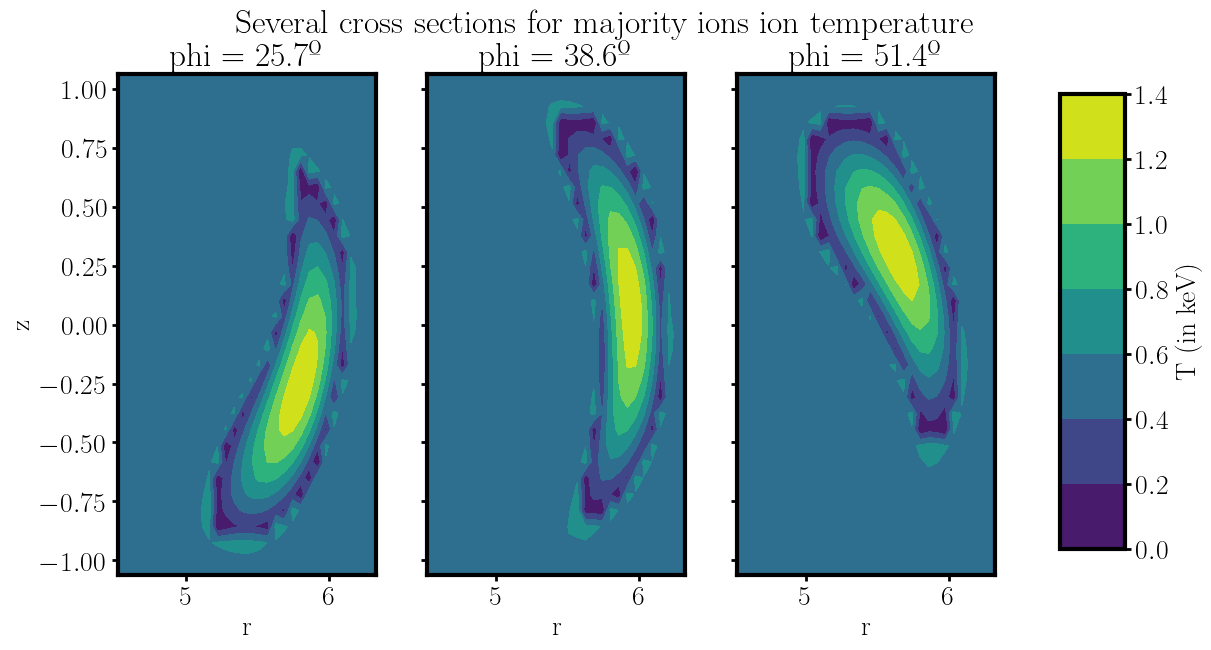
The tridimensional All-ORder Spectral Algorithm (AORSA-3D) has been adapted to run on the supercomputer MareNostrum, at the Barcelona Supercomputing Center – Centro Nacional de Supercomputación (BSC-CNS). AORSA-3D is designed to study the plasma-wave interaction inside the 3D volume of a stellarator. Its model provides fully three-dimensional solutions of the integral wave equation for Ion Cyclotron Resonance Heating (ICRH) in three-dimensional stellarator plasmas. Its algorithm is based on combining multiple periodic solutions for individual helical field periods in order to obtain complete 3-D wave solutions valid over the entire volume of the stellarator for an arbitrary antenna geometry.
Users who are interested to have access to the relevant information regarding this project may mail our group to request a download consisting of a version of AORSA-3D adapted to MareNostrum together with related documents and scripts developed by our team. Useful documentation has been produced, analysing the ins and outs of AORSA-3D. The code’s workflow and methodology are discussed and extensively developed so that future users may have a backbone document on which to lean while getting to know AORSA-3D. Furthermore, the Fusion Group members developed significant post-processing tools in Python to facilitate the visualisation and analysis of the results obtained from the simulations. Detailed explanations and tutorials on the different post-processing modules can be found together with the rest of the files.
For instance, the developed post-processing scripts allow the user to easily plot several cross-sections in the stellarator for any arbitrary angles in the toroidal direction, on which to represent various relevant parameters that are helpful when analysing and understanding the plasma behaviour and state. Below is presented an example of such an instrument, in this case regarding the rendering of the plasma temperature profile for the majority ions (the user may select any other species) at three different locations in the stellarator. In fact, similar figures can be produced for the electric field, the plasma current field or the power absorption.


1 thought on “AORSA 3D: new insight on ICRH in stellarators”